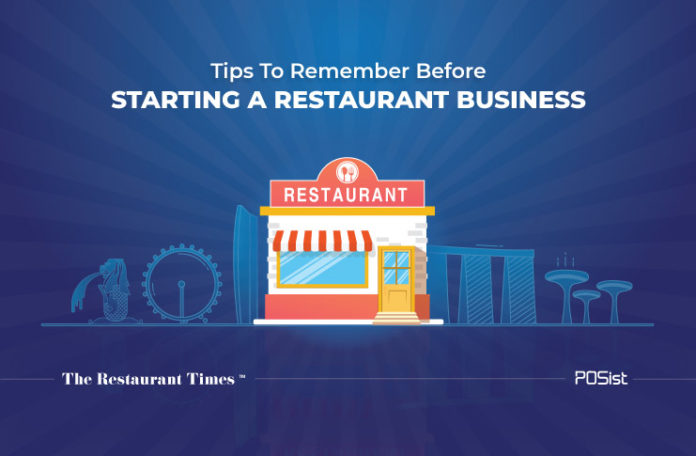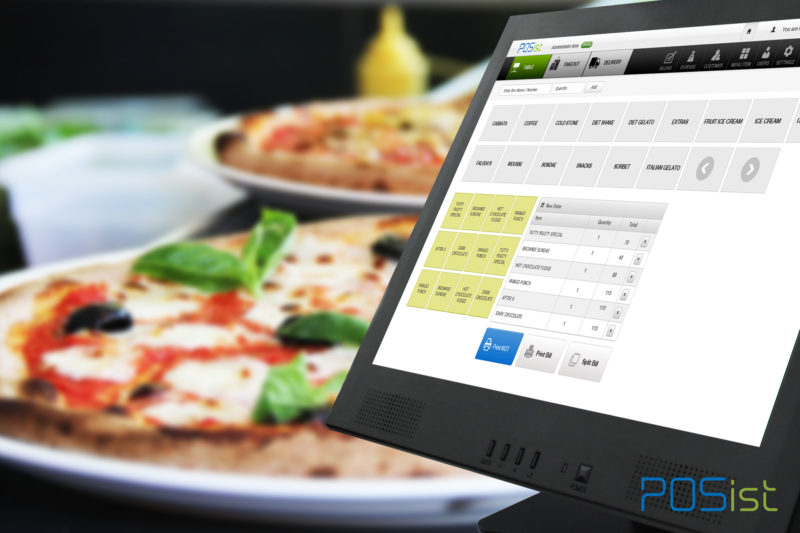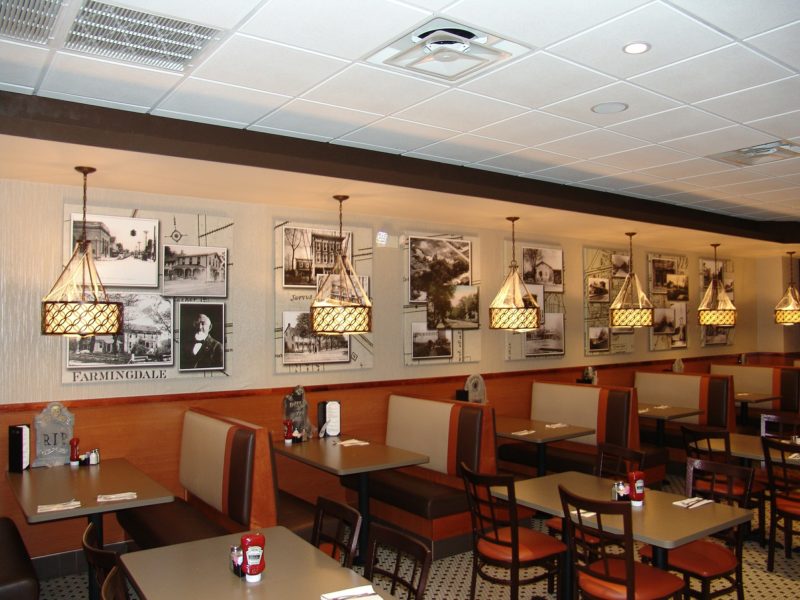Planning to start a restaurant business in Singapore? Yes, this might be one of your best ideas. However, you need to plan well ahead in advance and do proper market research that will help you keep your restaurant away from any unwanted risks.
The top things that you need to know are – what should be the ideal distribution of the operating costs, what are the top 3 operating costs and how to keep them under control. Once you are aware of these three main things, then running a restaurant business in Singapore will be a cakewalk.
Market Overview Of The Restaurant Business In Singapore
The restaurant business in Singapore is sprawling like never before. As per the statistics from the government website of Singapore, the total number of restaurant in the geography accounts to 7,679. Out of this total number of establishments:
- 2,712 of them are restaurants, which is 35.3% of the total establishments
- 4,041 of them are cafes and others, which is 52.6% of the total establishments
- 477 of them are fast food outlets, which is 6.2% of the total establishments
- 450 of them are food caterers, which is 5.9% of the total establishments
This shows the immense competition that prevails in the Singapore food industry. Hence, it is extremely important that you after gauging the several formats and how their growth rate is in Singapore should decide on your concept. The food and beverage industry is expected to show an annual growth rate (CAGR 2018-2023) of 23.0%, resulting in a market volume of US$760m by 2023. This statistics clearly show the immense potential that the restaurant business holds in the Singapore market.
Things To Keep In Mind Before Opening A Restuarant Business In Singapore
Before taking a plunge into the restaurant business, it is imperative that you know the major operating costs that your business is about to encounter. This is primarily important because, once you know your ideal operating costs, then you can allocate your budget accordingly. You will also be able to make proper strategies that will help you keep your expenses under control.
The total operating expenses of an average restaurant business in Singapore is S$8,747 Mil. The main operating expenses are:
- 31.8% on the purchase of goods and raw materials.
- 29.3% on remunerations
- 17.9% on renting of shops, office, and other premises.
- 3.9% on depreciation
- 2.9% on utilities
- 2.0% on royalties
- 1.9% on maintenance and repairs
- 1.9% on administration and management
- 8.3% on other miscellaneous expenses
This statistics clearly show that the top three operating expenses in the restaurant business in Singapore are:
- Purchase of goods and raw materials: 31.8%
- Remunerations: 29.3%
- Renting of shops, office and other premises: 17.9%
These three operating expenses account for 79.1% of the total restaurant business costs. This number is large enough to prompt you to look for viable ways to keep these costs under control. Read below to know how you can effectively keep these costs under check, that will ensure that you don’t burn a hole in your cash register.
1. Purchase Of Goods and Raw Materials
There is a severe dearth of agricultural land in Singapore, and hence the island country is immensely dependent on imported food and beverage, resulting in higher expenditure on the purchase of raw materials. Singapore has the highest food consumption levels in the region, accounting for almost 3% of the GDP. Singapore as a country imports more than 90% of its food products. Hence, it becomes imperative that the restaurant takes proper steps in order to ensure that unnecessary wastage of the raw materials is kept at bay.
- Get on board a robust restaurant management system that comes with a stock and inventory module. If it is empowered to send you real-time alerts whenever an item reaches its re-order level, it will ensure that you don’t order items which are already available in the stock. The system will be able to tell you the items which are about to reach its expiry date, and this will help you use those items before rendered unusable.
- Such restaurant technologies also come with features like recipe management feature will ensure that consistency is maintained in all the dishes. This will reduce the number of faulty dishes, which will have a direct impact on reducing unnecessary kitchen waste generation.
- Get in touch with a number of vendors, compare the prices and then finalize the contract with the one that suits you the best.
- A stellar technology will also help you keep internal theft and pilferage at bay. It is estimated that almost 70% of the restaurant staff steals because of easy opportunity & lack of theft detection. Hence, if your system sends you detailed counts of the beginning and the closing inventory, it will help you control such dubious activities marginally.
2. Staff Remuneration
Firstly there is a severe crunch of skilled labor in the Singapore restaurant business. Coupled with this, the labor turnover rate is almost 2.5%. This increases the importance of doing whatever it takes to retain the employees the restaurants have on board. Hence, most restaurants in Singapore provide relatively higher wages, compared to the industry standards in the rest of the world. And this increases the labor cost and the overall expense of the restaurant business. While you cannot reduce the wages, because it will compel them to look for other opportunities in the market, you can do a few things that will help you in retaining them.
- Provide enough opportunities for upward mobility within the restaurant business.
- Since it is the restaurant staff who are on the floor of the restaurant and are in direct contact with the customers, it becomes important to take their insights or opinions when strategizing for the future. Such instances will make them feel needed and important, which plays a great role in creating a sense of belongingness.
- Get on board a robust restaurant POS which has an employee management feature. This will help you track the performance of all your restaurant staff. And accordingly, you can provide incentives, rewards, and awards to the best-performing ones.
- Create robust training sessions not only for the new employees but also for the underperforming and the old employees. This will help them hone their skills further.
- Acknowledge the employees who have been with your restaurant business for a long time. One of the best ways of doing so is by making them the stakeholders of your restaurant business.
3. Renting Of Shops, Office And Other Premises
Real estate is a very costly domain in Singapore. Since almost all restaurant owners want to get one of the best locations for their restaurant, paying the rentals burns a hole in their pockets. And this hinders them from reaching their breakeven quickly and reduces their profit margin exponentially. While it is not recommended that you choose a location which hardly has customer footfall, we also do not recommend you on choosing a high rental space, especially if this is your first restaurant venture. Hence, go for a middle ranging property. Once you start receiving your profits, you can easily relocate to your desired location.
If you take insights from this article and plan your restaurant business accordingly, then you can be sure to have a profitable restaurant business in Singapore. Since the competition is high, you got to walk that extra mile in delivering stellar customer service, and this will not only help you increase your customer trail base, but will also help you in retaining your customers.

















